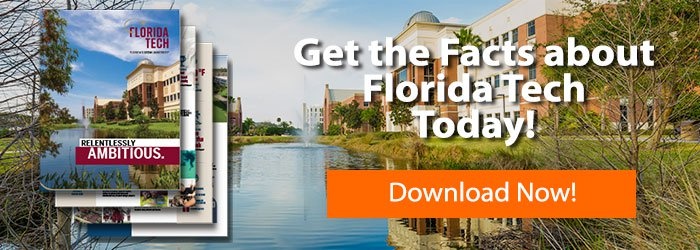Renewable or Non-renewable?
An important environmental issue in the Pacific Northwest became very apparent as soon as the Florida Tech oceanography class was driving cross-country from the airport. That issue is the depletion of natural resources in the region, including the battle to develop vs. conserve. We see these issues in oceanography and fisheries, as well as in terrestrial systems. Many trucks travel on Oregon highways loaded heavily with large trees recently felled. Mountains come into view which have been clear-cut, which is both unsightly and an erosion problem, threatening the salmon industry. Some mountainsides have been replanted and are in various stages of recovery. However, the old-growth forests are generally not logged nowadays, which is a good thing since, once they are, they would take a century, or perhaps several, to recover. Logging on old growth was stopped three decades ago by the discovery that the Spotted Owl, a protected species listed under the Endangered Species Act, needed old growth trees for nesting. They would have disappeared with the last old growth trees. However, this had a devastating impact on the Oregon logging industry, although the industry could not have continued at that pace and would have eventually forced itself to slow down or collapse. Analogous phenomena have occurred with coastal fisheries and the salmon industry and are studied in oceanography. The goal of regulation should be both for natural conservation and also to keep harvesting industries sustainable.
The students pose (below) in front of a VERY old log. Some of the rings are labeled according to significant historical events, such as the French and Indian War and the American Revolution. All of these are relatively recent compared to the age of this tree (approximately 500 years). Old growth trees like this are desirable as lumber because of the volume of wood they can produce, and also the size of solid beams which can be cut from such a tree. Unfortunately, trees of this size are not renewable in a practical sense. Most of them are now gone and the industry is forced to harvest smaller trees. Again this is analogous to ocean fisheries, where the large fish are no longer a sustainable harvest and we are “fishing down the food chain.”







